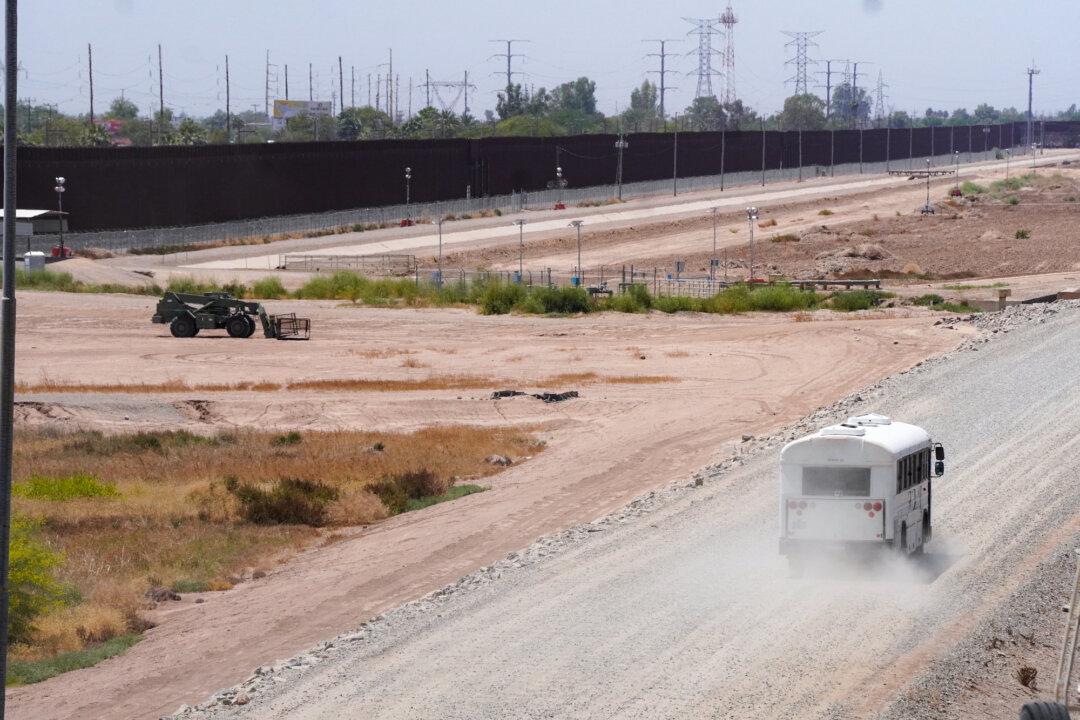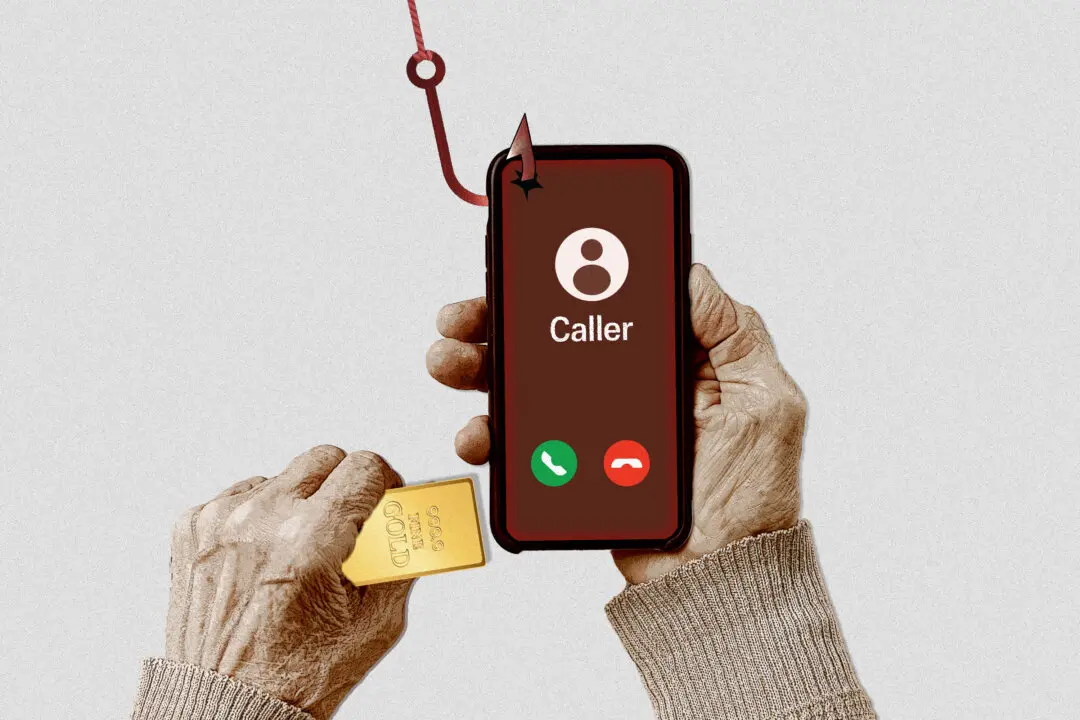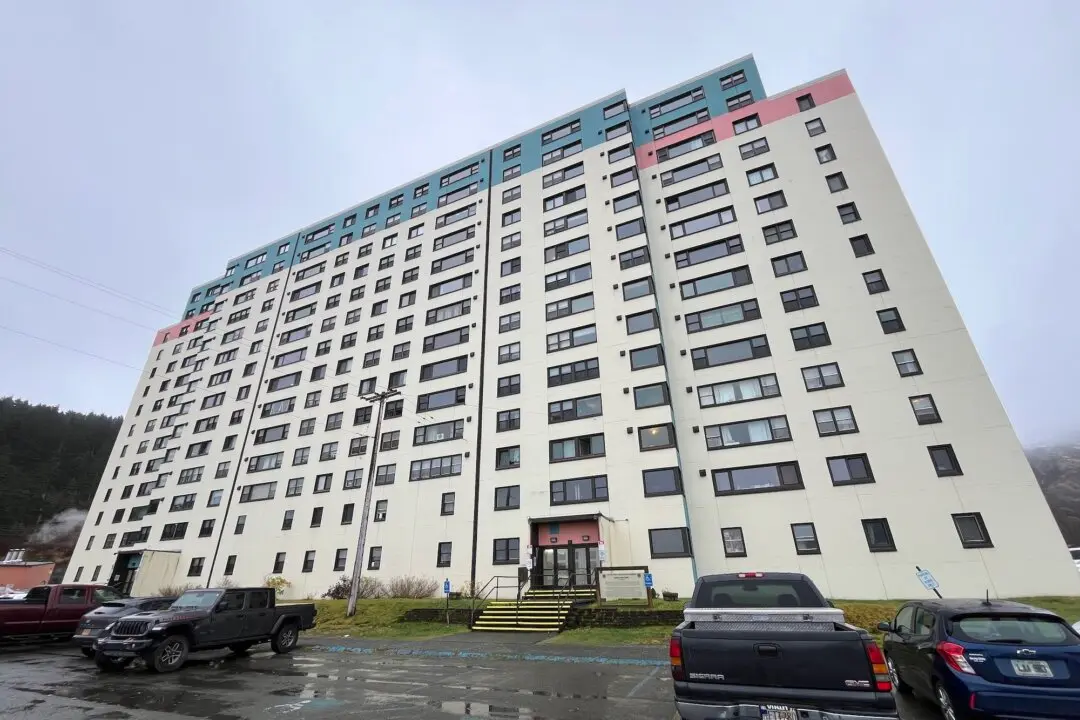SAN LUIS, Ariz.—A tiny flickering glow from a small flashlight gave away the handful of illegal immigrants walking along the border fence in Mexico in the darkness at about midnight on May 11.
Lt. Marco Santana of the San Luis Police Department in Arizona hit the brakes on the pickup truck he was driving and shone his spotlight on the fence, and the movement stopped.





